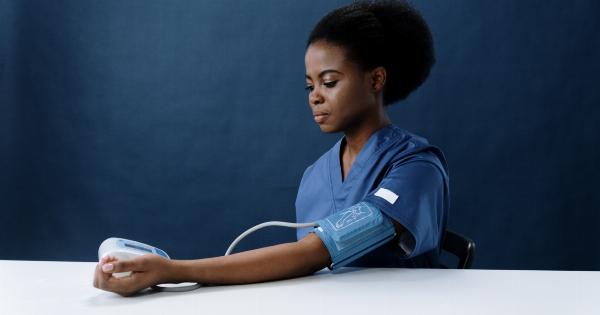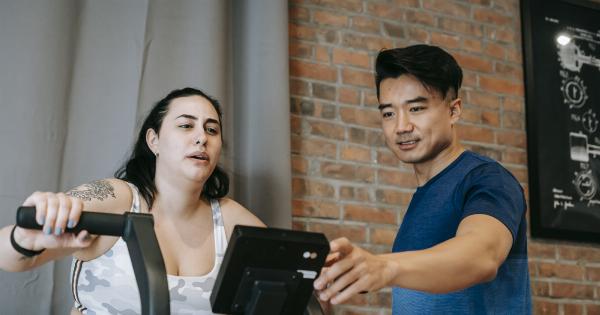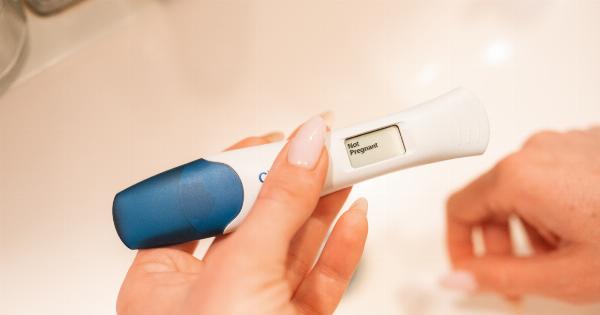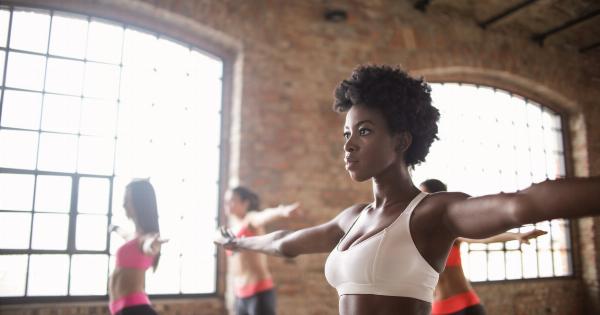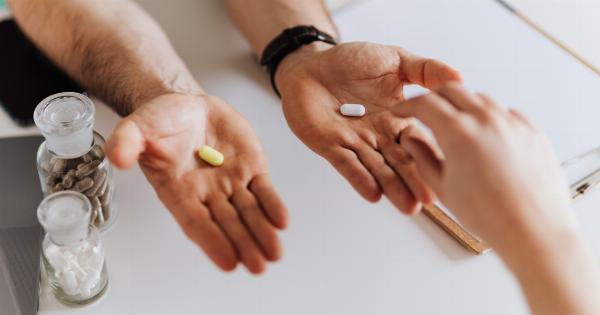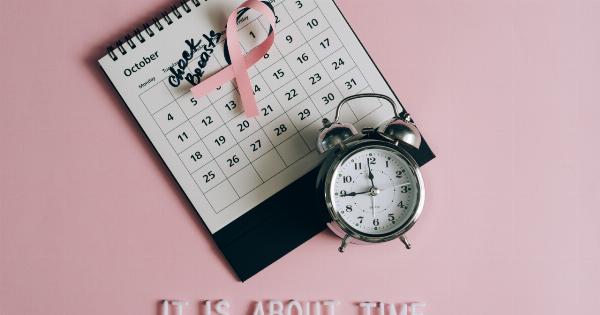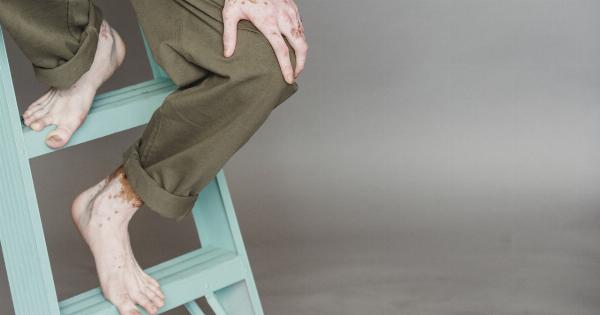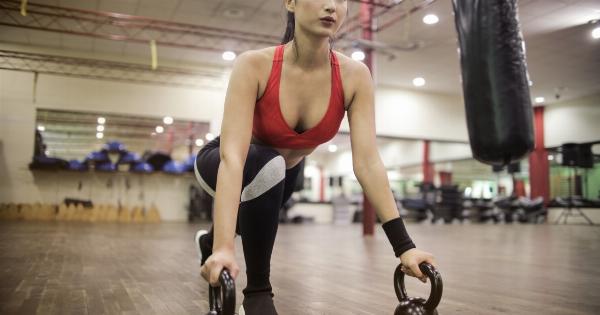Orthostatic hypotension is the sudden drop of blood pressure experienced when standing up after sitting or lying down.
While it may sound harmless, repeated episodes of orthostatic hypotension can lead to dizziness, fainting, and — in severe instances — injuries from falling.
If you suffer from orthostatic hypotension, know that you’re not alone. It affects approximately 1 in every 5 people above the age of 65, and even younger people can experience it due to certain underlying medical conditions.
Here are some 5-minute tricks that you can try to help combat orthostatic hypotension:.
1. Drink More Fluids
Dehydration might be a cause of orthostatic hypotension. Drinking water and other non-alcoholic and non-caffeinated beverages can help increase blood volume, which can prevent blood pressure from dropping suddenly when standing up.
Make it a habit to bring a water bottle with you throughout the day, and drink at least 8 glasses of water per day.
2. Eat More Salt
Increasing your salt intake can help raise your blood pressure, reducing the risk of orthostatic hypotension. Try adding a pinch of salt to your food, or eating saltier foods like pickles, salted nuts, and canned soups.
3. Perform Isometric Exercises
Isometric exercises involve contracting a muscle without moving your limbs. These exercises can help improve blood flow and circulation, reducing the risk of orthostatic hypotension. Here’s how you can perform an isometric exercise:.
- Stand against a wall with a small pillow between your head and the wall
- Place your arms by your side, and keep your feet hip-distance apart
- Tense your thigh muscles for 5-10 seconds and then relax
- Repeat the exercise for 10 repetitions
4. Wear Compression Stockings
Compression stockings are specifically designed to promote blood flow in the legs, which can help reduce the risk of orthostatic hypotension. These stockings gently squeeze the legs to help the blood vessels work more efficiently.
Try wearing them daily and see if they help you.
5. Get Up Slowly
Rushing out of bed or up from a chair too quickly can cause blood pressure to drop suddenly and trigger orthostatic hypotension. Make it a habit to rise slowly and pause for a few seconds before you stand up.
This gives your body time to adjust the blood flow and prevent sudden drops in blood pressure.
6. Massage Your Legs
Massaging your legs can encourage blood flow and lower the risk of orthostatic hypotension. Just take a few minutes each day to massage your legs gently in an upward motion. You can even use a foam roller if you prefer.
7. Try Deep Breathing
Deep breathing can help increase blood flow and raise blood pressure, improving orthostatic hypotension. Here’s how to perform deep breathing:.
- Sit comfortably and take a deep breath in through your nose
- Hold your breath for 5-10 seconds
- Slowly exhale through your mouth
- Repeat for 5-10 minutes
8. Maintain a Healthy Diet
A healthy diet can help maintain stable blood pressure levels, reducing the risk of orthostatic hypotension. Try to avoid processed foods, fast food, and sugary drinks, all of which can have a negative effect on your blood pressure.
Instead, eat plenty of fresh fruits and vegetables, lean proteins, and whole grains.
9. Increase Physical Activity
Regular exercise can help regulate your blood pressure by promoting blood circulation. Aim for at least 30 minutes of physical activity each day, whether it’s a brisk walk, playing a sport, or swimming.
Just be sure to consult your doctor before starting an exercise program.
10. Get Enough Rest
Rest is essential to maintaining normal blood pressure levels. Try to get at least 7-8 hours of sleep each night, as sleep allows your body to restore and renew itself.
If you struggle with sleep, try creating a consistent bedtime routine and avoid electronics before bed.

